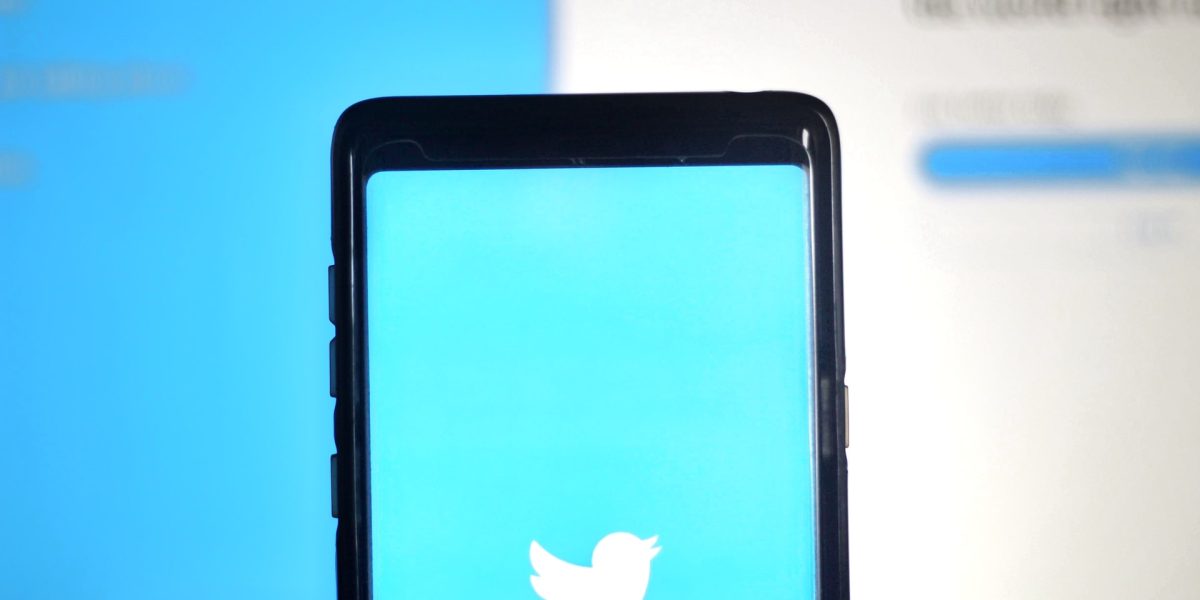When employees lack effective strategies to resolve conflict in the workplace, issues with coworkers often fester and grow. Employees may feel they lack avenues for resolving conflict at work. And when they feel uncomfortable voicing their opinions, creativity and innovation can stall.
Take social-media platform Twitter, which over the years developed a reputation for being complacent and slow to innovate. By 2019, top executives had come to believe the company’s collaborative environment had “calcified, making workers reluctant to criticize one another,” Kate Conger wrote in a 2021 New York Times article.
As the case study of Twitter shows, finding the right strategies to resolve conflict in the workplace is key yet can be easier said than done.
Tumult at Twitter
In 2019, Twitter hired Dantley Davis away from Facebook as its first chief design officer. Davis was handed several important assignments, including addressing the spread of hate speech and misinformation on the platform, building diversity in the ranks, and rebuilding the company’s culture. It was a “turnaround role,” Davis told the Times, one that would require “changes to staff, changes to our work, changes to how we collaborate.”
Soon after coming on board in 2019, Davis gathered his staff in a conference room and told them that “Twitter was too nice” and that “he was there to change it,” Conger reports. He then asked employees to take turns complimenting and critiquing each other. “The barbs soon flew,” according to the Times. Several attendees reportedly cried during the two-hour meeting.
Davis went on to fire numerous employees. Some who stayed believed the changes he implemented offered a much-needed corrective at a company that had grown complacent. But others believed Davis had created a “culture of fear,” the Times reports. Attrition rose in the design department to about double the rate of the rest of the company. Over time, employee complaints led to internal investigations of Davis’s decisions and behavior.
A Change in Direction
In a March 2021 email to employees, Davis said he wanted the design team to “transition to a team of belonging, which is less transactional and more focused on care and support.” He criticized himself for focusing on “what was wrong” and said he was now working harder at “celebrating wins.” But employees said the unexplained firings and harsh feedback continued.
In May 2021, the head of Twitter’s research department, Nikkia Reveillac, complained to Twitter CEO Jack Dorsey that Davis’s defensiveness made it difficult for employees to offer him feedback—even as he was blunt with them—and described a “toxic” culture. Within weeks of the meeting, Reveillac was abruptly fired for unexplained reasons.
“We’ve got to find our own Twitter way of direct feedback that’s still empathetic, that’s still respectful,” the company’s head of human resources, Jennifer Christie, told the Times, adding that Davis was “heartbroken” by the employee complaints.
A few months later, on November 29, 2021, Dorsey made the surprise announcement that he was leaving Twitter. His replacement, Parag Agrawal, immediately announced a reorganization that included pushing out Davis by the end of the year.
Strategies to Resolve Conflict in the Workplace
During his tenure at Twitter, Davis diagnosed a need for better strategies to resolve conflict in the workplace, but his style appeared to largely backfire. His invitation to share grievances in an open meeting appeared to only deepen employees’ distress. A better approach would have been to offer confidential conflict-resolution strategies, such as private meetings with managers or professional mediators.
When an organization is struggling to deal with internal conflict, leaders often assume that a simple change in management can provide a quick fix. But as was the case at Twitter, a top-down approach too often breeds an authoritarian leadership style that fails to empower employees to surface conflict and take responsibility for managing it effectively.
In their book Decision Leadership: Empowering Others to Make Better Choices, Don A. Moore and Max Bazerman describe how Netflix cofounder and CEO Reed Hastings rebounded from a disastrous 2011 decision to separate the company’s mail-order and streaming businesses by adjusting decision-making processes to “elicit the best evidence and stimulate healthy debate, even when that means encouraging dissent.” The revamped “culture of open debate and constructive dissent” helped the company rebound and thrive, according to Moore and Bazerman.
Twitter seems to have not yet learned this lesson. Many employees expressed frustration that they were largely left in the dark regarding Tesla CEO Elon Musk’s bid to buy the social-media platform in April 2022. After the parties reached a deal, Agrawal met with employees and admitted the future of Twitter’s policies and culture was unclear. “Once the deal closes, we don’t know what direction this company will go in,” he said, the Times reports.
What strategies to resolve conflict in the workplace have you found to be effective?


